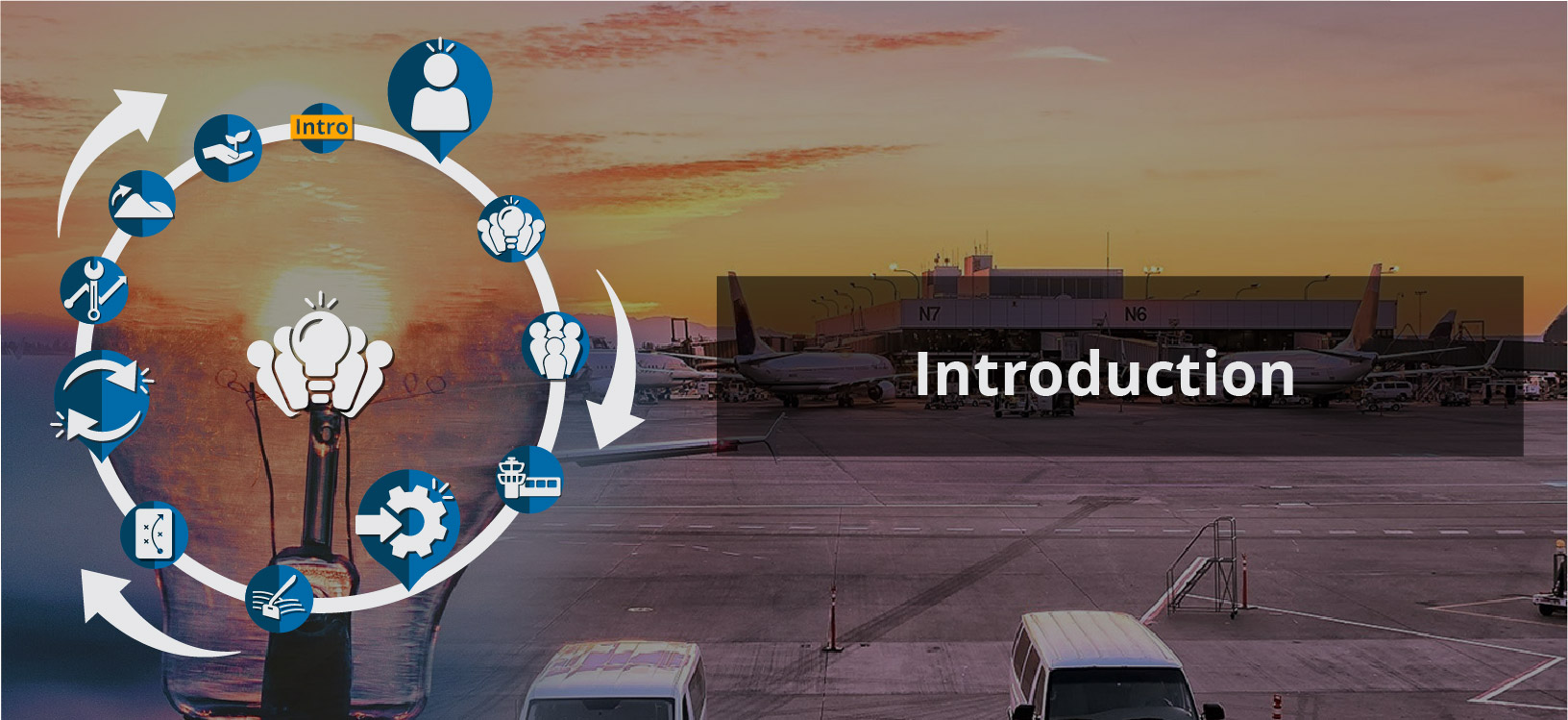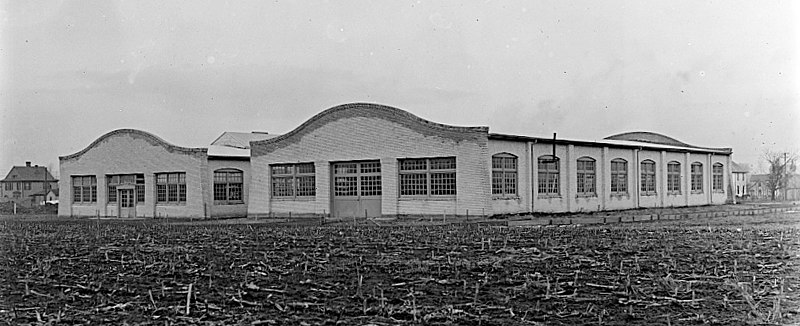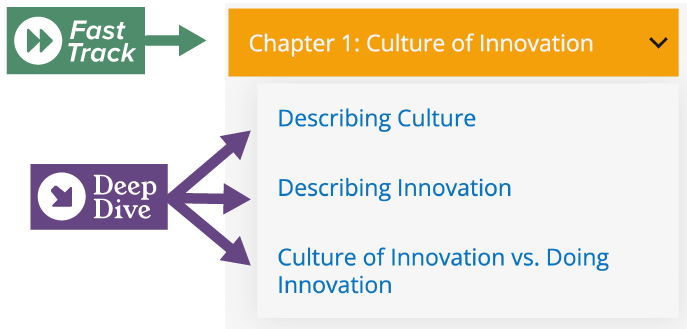
Need and Value of This WebResource
We have all heard of the Wright brothers and their first flight. But have you heard of the Wright Company? Just over 100 years ago, Orville and Wilbur Wright established a company to embrace their collective vision to fly and further the field of aeronautics. The story of their organization gives us a glimpse into the benefits of a culture of innovation, but it is also a cautionary tale of what happens when this type of culture is not maintained or nurtured. The story here is a summary of events, with the primary source being a Forbes article titled "How The Wright Brothers Blew It" by Phaedra Hise.1

Photo 1: Wright Company Factory, Dayton, Ohio, 1911.
In the beginning, the brothers structured their organization in a way that supported the strengths of its leaders-Wilbur handled executive management and brainstormed new ideas, while Orville focused on fine-tuning and engineering new concepts. The two brothers collaborated on airplane research and shared credit for their inventions as the company grew. Their organization valued experimenting, learning, adapting from successes and failures, and continual improvement-some of the hallmarks of a culture of innovation. As a result, the Wright Company designed 14 different types of aircraft models and built 120 aircraft within just five years of its formation, acquiring a great deal of notoriety.
However, while the Wright Company held patents that initially enabled it to monopolize the burgeoning aviation industry, it was these patents that ultimately led to the company's demise. Its leaders became fearful of people stealing their ideas, therefore they refused to share any details about their aircraft or collaborate with anyone else in the industry to learn from other prototypes. As a result, the Wright Company lost out on military contracts and did not enter contests that ended up providing other competitors with more publicity and exposure.
The leaders also shifted core business functions from mechanical engineering to sales. To that end, the company deliberately overpriced its aircraft, as Wilbur said, "to get the greatest amount of money with as little work," while dismissing the idea that other companies could produce the same quality designs as unfathomable. However, competitors continued to improve upon the Wright brothers' patents, simplifying designs to make planes less expensive and easier for pilots to operate. While this was occurring, Wilber was spending years testifying in patent-infringement court battles while Orville was focusing solely on production, and their company's new-idea pipeline dried up.

Photo 2: Orville and Wilbur Wright, 1909.
Just six years after its establishment, the Wright Company dissolved as a group of investors took it over. Orville sold the company since he did not desire to lead the organization after his brother died, finding he did not possess the vision nor management experience needed for it to succeed. Toward the end of its existence, the Wright Company's culture had shifted, and its employees found themselves working in an environment of secrecy, isolation, and greed.
This example from aviation's roots demonstrates that a culture of innovation-at its core-reflects how an airport organization enables its people to problem solve. Problem solving is essential for navigating the organization through constant change by improving an organization's current practices and future proofing.
Today's airports are encountering continuous change. Airports are bombarded with a barrage of emerging technology options, and they are feeling pressure to transition to increasingly digital, virtual, and automated environments. Simultaneously, they are contending with a new type of work environment that combines in-person and remote workplaces. And as the airline industry shifts from hub-and-spoke to a point-to-point system, and back again, airports are dealing with the repercussions while grappling with the effects of global issues that contribute to the unpredictability of flight service.
Therefore, developing a culture that values and supports innovative ideas will make an airport primed to not only manage change but also thrive in it. New ideas are the lifeblood of progress. When airports create an environment where their people can explore new ideas and boldly push forward-particularly when they focus on solving problems for customers-airports will find new areas of growth and make great advances. And when airports advance, their customers see it, feel it, and benefit from it.
1 Phaedra Hise, "How The Wright Brothers Blew It," Forbes, November 19, 2003, https://www.forbes.com/2003/11/19/1119aviation.html?sh=38dfc7881bda.

